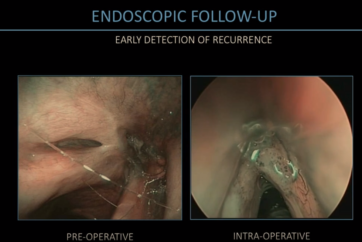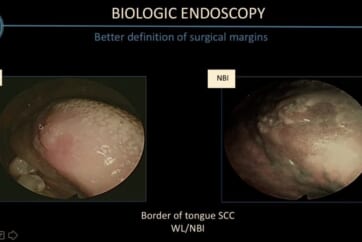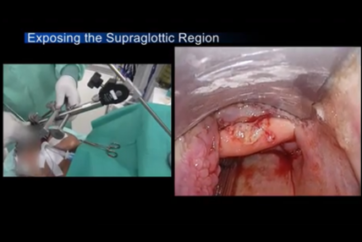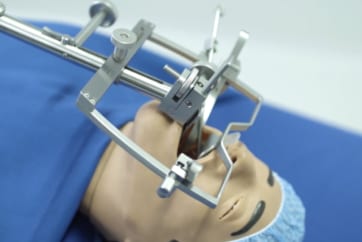GENERAL INFORMATION
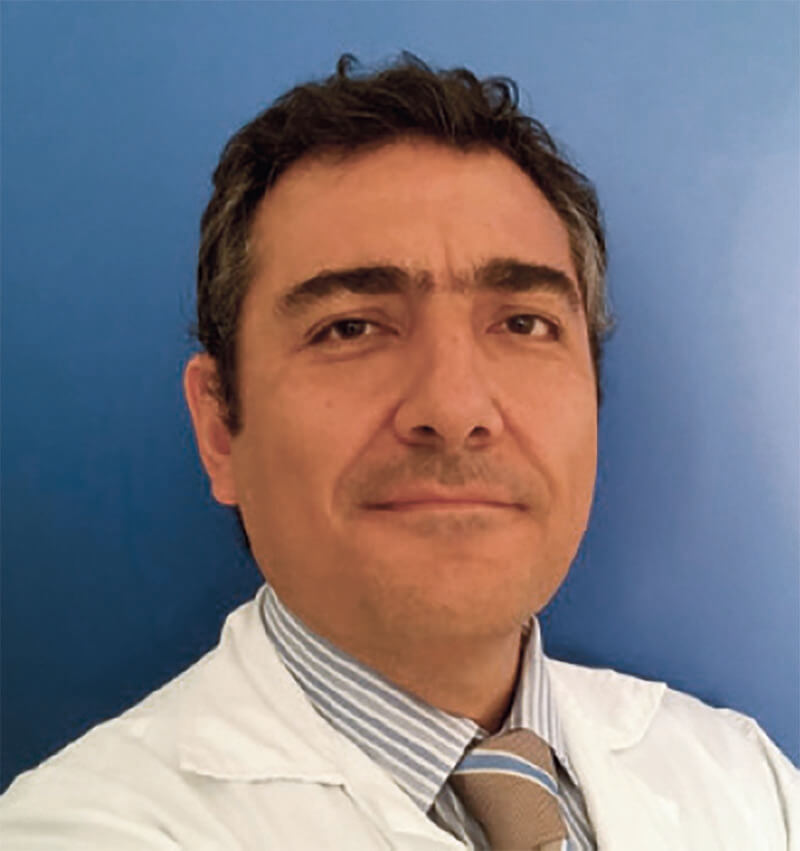
What is TOUSS?
TOUSS (TransOral UltraSonic Surgery) is a minimally invasive, endoscopic approach for benign and malignant lesions in the upper aerodigestive tract. It is mainly based on the ultrasonic scalpel as resection tool and bipolar energy as hemostatic tool that improves the safety of the procedure. THUNDERBEAT is the only instrument that incorporates both ultrasound and bipolar energy in one device, thus allowing for fast and effective tissue dissection and safe and reliable hemostasis at the same time.
TOUSS uses technology available to most institutions and has arisen as an alternative to TransOral Robotic Surgery (TORS), offering all its advantages while avoiding the elevated costs of acquiring and maintaining a robotic surgical platform.
TOUSS has been developed by Dr. Mario Fernandez, Department Chief of Otorhinolaryngology at Hospital Universitario in Henares, Coslada, Madrid.
Indications for TOUSS
Concrete indications for the transoral approach are:
Lesions on tonsils / soft palate
Lesions on base of tongue / posterior and lateral wall of the oropharynx
Lesions on hypopharynx / pyriform sinuses
Partial laryngeal surgery, total laryngectomy
The contraindications to the technique are restricted to insufficient exposure of the lesions that supposes a lack of marginal endoscopic control.
Benefits of TOUSS
The advantage of this technique in comparison with open techniques is avoiding the morbidity of external approaches, limiting the surgery strictly to the lesion and its surgical margin. For this reason, the technique is especially intended for patients previously treated with chemoradiotherapy, where open approaches have a more marked morbidity.
Compared to other transoral approaches such as laser microscopic surgery, TOUSS presents the benefits of the endoscopic approach, which:
Allows a greater magnification of the focused surgical field (unlike the microscope, which only has a single, extremely zoomed-in plane of focus above everything)
Is not dependent on adequate external exposure for its realization
TOUSS at a Glance
- Resection of lesions via a transoral and minimally invasive approach to lesions of the pharynx and larynx
- Economically affordable equipment
- Fast learning curve and rapid progression
- Optimum view of the lesion through magnification and high definition
- Bloodless resections using ultrasound
- Better functional recovery in comparison with open surgery
- Possibility of progression in minimally invasive endoscopic surgery of pharynx and larynx, until now conditional on the use of robotic platforms
Surgical Equipment
The basis for TOUSS is a perfect visualization and bloodless resection that allow the lesion to be controlled at all times.
Visualization requires a clear and sharp image of the area to be treated. The image is obtained by means of bendable, high-definition videoscopes with the chip on the tip. The distal end of Olympus ENDOEYE FLEX videoscopes is flexible, providing 100° angulation in four directions. The short bending section allows easier orientation even in narrow cavities.
Exposure of the lesion is achieved with the FK-WO (Feyh-Kastenbauer) laryngoscope, both for pharynx as well as larynx.
The resection in contrast is done with 20 and 35 cm THUNDERBEAT Type S forceps. THUNDERBEAT Type S is a high-tech instrument that cuts using ultrasound and coagulates using advanced bipolar energy. The THUNDERBEAT technology is capable of sealing vessels up to 7 mm. This combination achieves a bloodless tissue resection without impeding the view and facilitates the procedure.
In addition to the described material, an arm holder fixed to the operating table is needed to stabilize the videoscope in position during the procedure. Its adjustment system facilitates simple framing corrections during the procedure.
Suction is an important element both for continually draining the aerosol generated by the ultrasound as well as for keeping the tissue clean. Lastly, the surgical equipment customary in laparoscopy (port, counter-port, mosquito clamps, forceps, etc.) is used to manipulate the tissue.
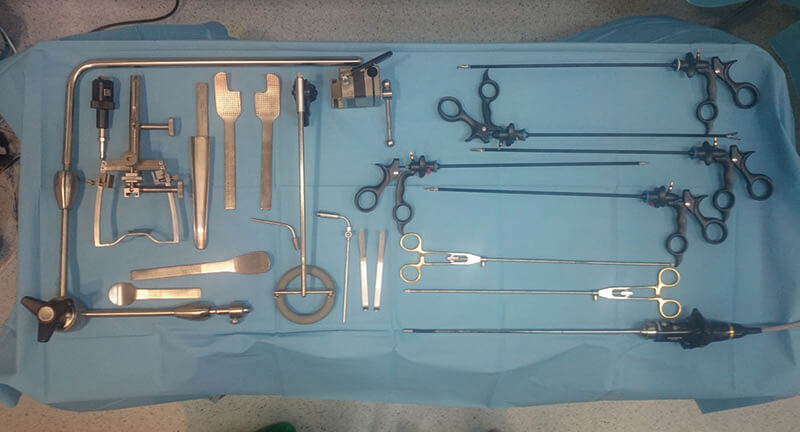
- Keyword
- Content Type

